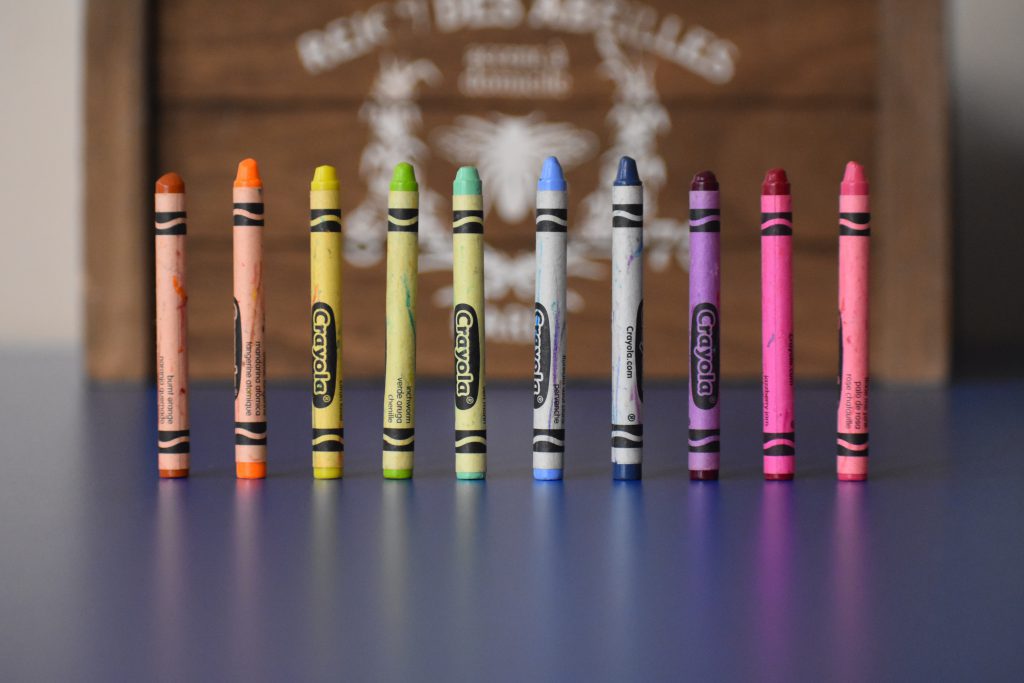In a year of restrictions, creativity is challenged. Still, we’re up for the challenge! Here’s a closer look at one example of creativity persevering and getting the message through.
One of this summer’s hottest jams was about a library. No joke. If you have never watched “Library Takeout” on YouTube, please do yourself a favor and go do that now. I’ll wait.
If you’re just back from watching, I must inform you that you will now never be able to get that earworm out of your brain. I’m sorry, but also, you’re welcome!
For those who didn’t, or couldn’t, watch the video, I’ll attempt to describe it to you: the video features instructions on how to take out books—and also periodicals, CDs, and DVDs!—from Duke University Library while campus was shutdown due to the COVID-19 pandemic.
Seems pretty straightforward, huh? Like it could have just been an email or a printed pamphlet (libraries already have a thing for paper, right?). But, here’s the thing: emails and flyers are easy to ignore; they’re just more white noise lost amidst the worries of the pandemic, the influx of online communications in a lockdown world gone almost entirely digital, and in this case, the inability to get paper into the hands of students who weren’t actually on campus. Which reflects the problem they were faced with in the first place: how to get materials to students and staff—the main role of a library—in a safe and effective way.
Instead of creating another email or another piece of paper to be tossed or tucked into a pocket, one librarian at Duke decided to have their message make actual noise, in hopes that it would stand out and stick with students in a way they wouldn’t be able to forget. Set to a background of infectious synth, “Library Takeout” lays out the steps for socially distant, contactless checkout, one by one, while a series of animations—clever crayon drawings of Duke buildings, takeout bags, bookshelves, and synthesizer keys, as well as a dancing stick figure mascot who also rocks out on the keytar—flip by.
The video was intended to be disseminated to Duke Library patrons, but the creator, Jamie Keesecker, under the pseudonym “MicrOpaqu3,” also decided to upload it to YouTube, where it currently has over 820,000 views (several dozens of them mine, as I just kept it on loop while writing this). The song is also now available on Apple Music and Spotify (and, yes, it’s on my running playlist).
It’s a true viral phenomenon, despite its relatively small intended audience. It achieves its specific purpose well—making the takeout process both clear and memorable—but it can also teach some valuable general lessons for other businesses and organizations to get their messages out to their own intended audiences. I’ve listened to this song so much by this point that my brain is now probably just a crayon drawing of a brain, but here are a few takeaways from “Library Takeout” that may prove useful in crafting effective, infectious messaging or marketing.

1. Draw inspiration from wherever you can find it.
Duke Libraries got the initial idea to make an instructional music video for their “library takeout” from another library’s instructional music video for their “curbside service.” Nashville Public Library’s “Curb Side, Baby” features a rapping mouse marionette enlightening patrons to the tune of 90s staple “Ice Ice Baby.”
“Library Takeout” starts from a similar premise—instructions set to music—but takes it in its own new direction.
In other words, you don’t have to start completely from zero—neither art nor marketing exists in a vacuum, after all. Even the original mouse-rap parody video uses Vanilla Ice as its base (who in turn “sampled” from “Under Pressure” by Queen and David Bowie), but then evolves his work into something both far more bizarre and more appropriate for their message.
Take a look around and see what’s out there; keep an open mind, and consider ways in which someone else’s ideas might be a possible springboard. Draw out what’s working for others, and then make something of your own.
2. Consider the best method and medium to get your message to your audience.
“Library Takeout” is fairly simple and straightforward, meant to explain a somewhat unintuitive new process to patrons, most of whom are students who have grown up watching videos like this on YouTube, Instagram, Snapchat, or now, TikTok. As such, “Library Takeout” meets them where they likely already are using a medium with which most will be intimately familiar.
The video is visually and sonically catchy, for sure, but it’s also efficient and message-focused. In just over three minutes, it lays out the takeout process in both easily-digestible text and lyrics, with an approachable and engagingly-humorous tone that makes the message attractive and unforgettable.
Of course, this approach won’t work for every message or product. Determining the best way and place to meet your audience with your message may require some analysis, thinking through who your message is meant for, who is most likely to consume it, and if/how those two groups might overlap.

3. Discover surprising talent already around you, and take creative risks.
It can be important to be open-minded about what your employees have to offer, especially in terms of their less-apparent strengths.
The creator of “Library Takeout,” Jamie Keesecker, works as a librarian now but has a fairly extensive personal and educational background in art and musical composition. When his supervisors and colleagues were looking for ways to get the word out about the new takeout process, they were open to his ideas about how they might create their own instructional music video. No one expected Jamie to produce the sensation that he did, but it all started with giving him an opportunity to shine with his talents and experiences.
Of course, this was somewhat of a risk—a low-stakes one, sure, but a risk nonetheless.
As Keesecker told Duke Today, “I kept thinking about it and decided I might as well try and see if I could put together a song… If it’s a total disaster, we don’t have to release it. But it could be just the thing we need to reach the people we’re trying to reach.”
In this case, taking a creative risk, and building up and betting on their own people, worked out quite well for Duke Libraries.
Maybe one of your employees has a surprising skill or talent that you don’t really know about; maybe they just need an open opportunity to use it and, in doing so, can reach your audience in an unexpected way.
And who knows? They just may also be creating the feel-good hit of the season in the process.






